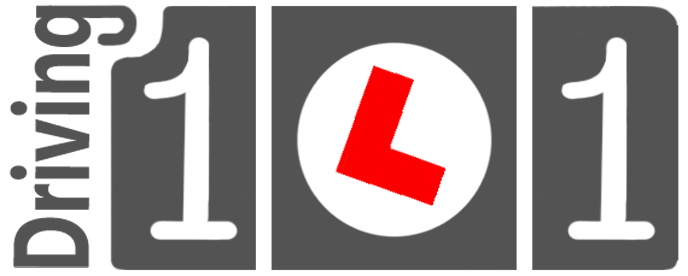How frequently should you check your mirrors while driving?
You should check your mirrors every 5-8 seconds. If you only look forward when driving, you’re unaware of more than 60% of what’s happening around you. Many driving instructors recommend that you check your mirrors every 5-8 seconds (although this varies) and, while that might sound like a lot, once you realise how far you can travel, and what can happen, in that time, it starts to make sense. All drivers have had an experience where they have gone to change lanes and realised another vehicle is there that they haven’t seen. This is the reason we need to keep looking around.
How should you check your mirrors?
First, your mirrors should be set up properly. When you check your mirrors you’re not going to take a long look, just a glance. The longer you spend looking in the mirror, the less time you’re spending looking ahead (although you will still have some peripheral vision ahead). The purpose is to get a quick appraisal of what’s around and to check there’s nothing that might cause danger.
Experts recommend checking your mirrors every 5-8 seconds – this should only be a glance.
When changing speed (speeding up or slowing down) always check your rearview mirror
When repositioning (passing parked cars, obstacles, overtaking, etc) always check in pairs – centre left/right
Clearance – after passing parked car – imagine an invisible car then check mirror centre left before coming back in – if there is a car coming towards you or a car parked on left you may have to prioritise over this mirror check!
When should you check your mirrors?
General driving
- before slowing down
- before speeding up
- before changing lanes
- before turning into or out of a junction
- after entering into a new road before speeding up
- before pulling up at the kerb
- before pulling away from the kerb
- before moving out to pass/overtake, and before moving back in after passing/overtaking
- doing manoeuvres
- every 8-10 seconds
- when approaching any potential hazard ahead (traffic lights on red or green, car that looks like it might pull out on you, child, dog off a lead, etc)
Dual carriageways and motorways
- when entering and leaving a dual carriage or motorway
- dual carriageway and motorway slip roads are designed for merging so that you can see other traffic as you approach, but you still need to use your mirrors as you enter.
Why check your mirrors every 5-8 seconds?
Looking for vehicles overtaking you, emergency vehicles, etc
In busy, slow traffic, cyclists could be filtering through traffic or approaching along the kerb and cycle along the left of your vehicle.
If you’re driving in an area you’re unfamiliar with, you may need to make lane changes later than is ideal, and knowing what is around you helps you judge whether it’s safe to move.
Why check your rearview mirror before changing speed?
Before changing speed always check the rearview mirror to make sure it is safe to do so.
Speeding up:
- Check before speeding up for any vehicles overtaking.
Slowing down:
- Check before slowing down to see what vehicle is behind you and how close it is
- When approaching any potential hazard, check your rearview mirror incase you will need to slow down.
